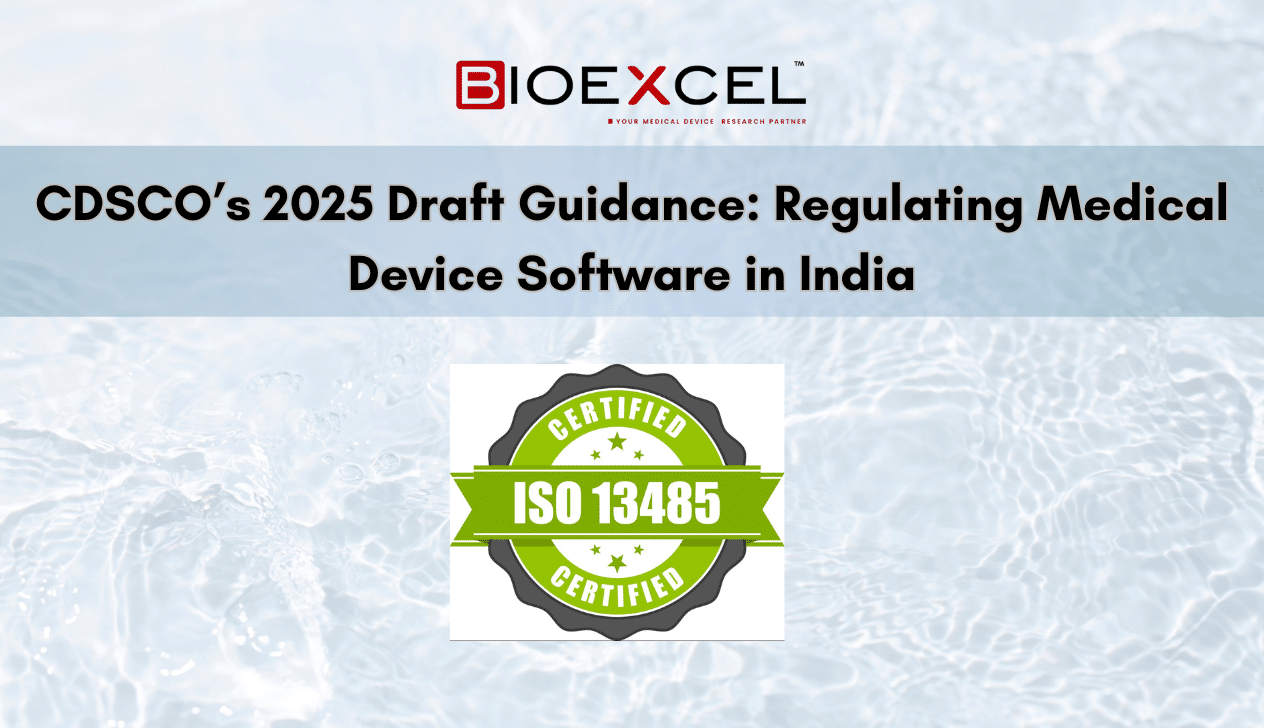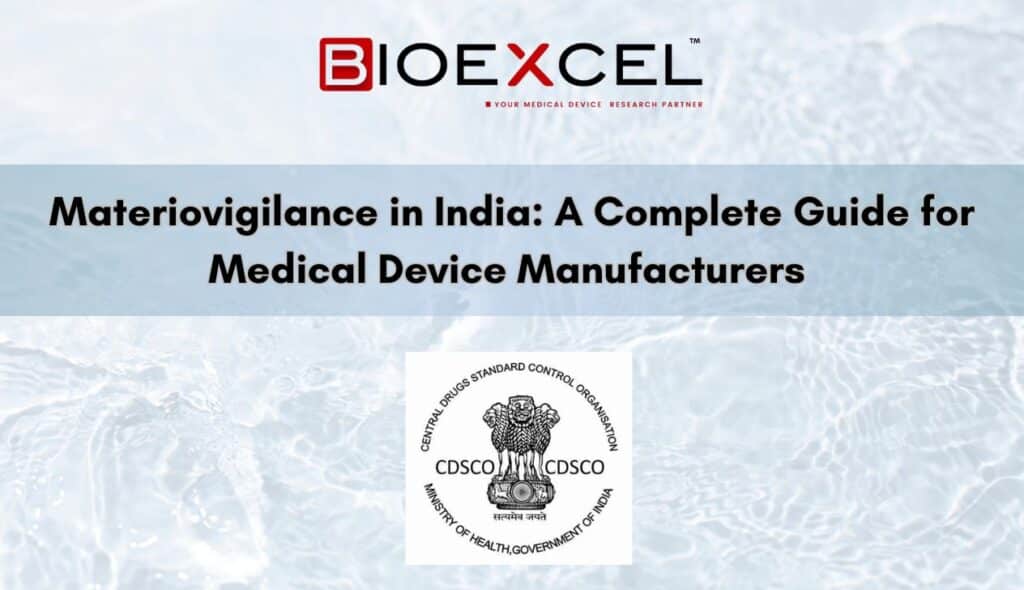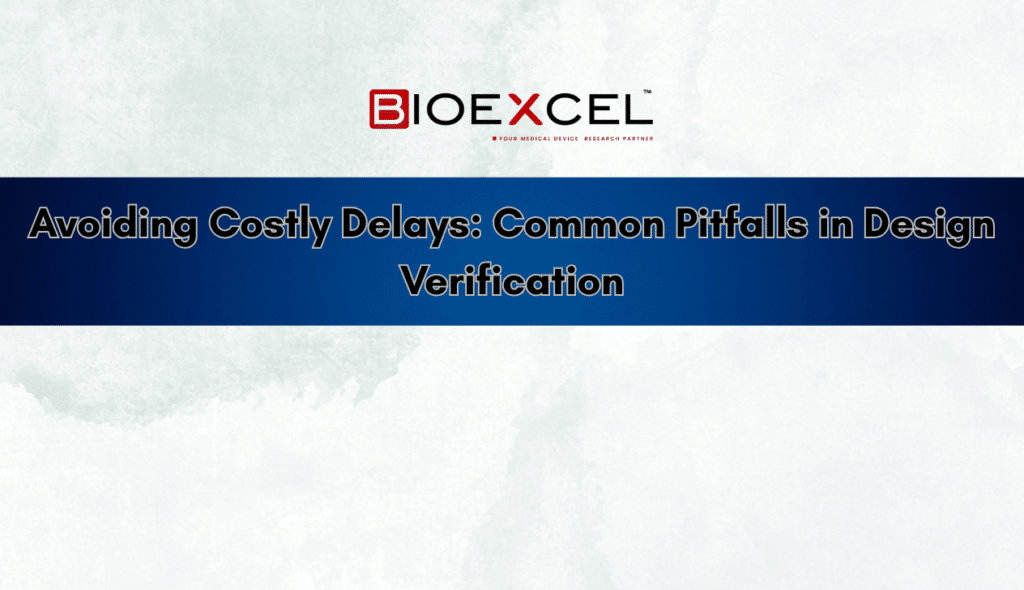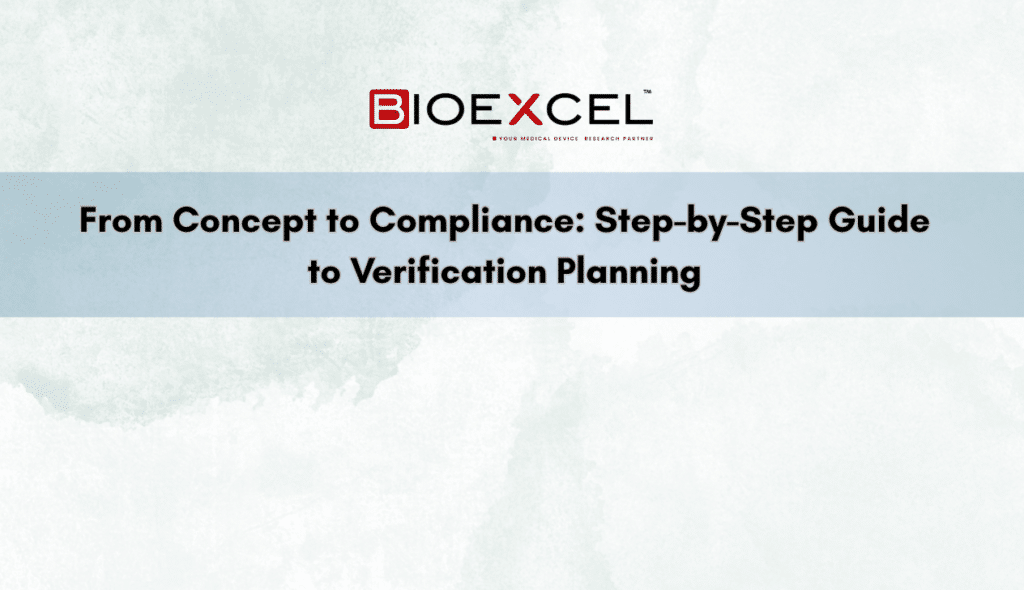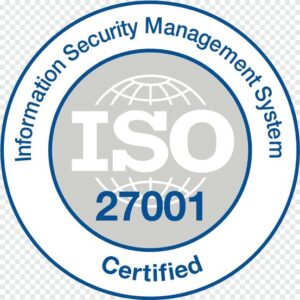In the world of medical device development, design verification and risk management are inseparable pillars of product safety. While design verification proves the device meets its design requirements, risk management ensures that it performs safely under all intended conditions— without introducing new hazards to patients or users.
Under ISO 13485 and ISO 14971, manufacturers must demonstrate that risk controls have been implemented, verified, and documented. In short, you can’t achieve compliance without showing that your risk mitigations truly work.
How Risk Controls Drive Design Verification

Every risk identified in the ISO 14971 Risk Management File must be controlled — and every control must be verified.
Examples:
- Alarm systems verified through simulation
- Housing designs tested for mechanical stress
- Software safety features validated through code testing
- Sterility controls verified via sterility assurance testing
This means verification isn’t just a regulatory requirement — it’s a safety validation exercise.
Traceability is the Backbone
Regulators expect full traceability across the design-risk lifecycle:
Risk Identified → Control Implemented → Verification Test → Result
This traceability is typically maintained in:
- Design Traceability Matrix (DTM)
- Risk Management File (RMF)
- Verification Reports
If a risk control cannot be traced to test evidence, auditors treat it as not implemented.
Integrating Risk & Design Control Systems

Strong device development teams break silos between:
- R&D (Design Inputs & Outputs)
- Quality Assurance (Verification & Testing)
- Regulatory Affairs (Compliance & Documentation)
Cross-functional alignment ensures:
- Correct interpretation of risk controls
- Complete test coverage
- No gaps in documentation
- Faster audits and approvals
Verification is Proof of Risk Reduction
Verification results are evidence that residual risks are acceptable.
Well-written test reports should include:
- Objective test conditions
- Acceptance criteria
- Actual results
- Conclusion tied to risk control effectiveness
This supports your risk-benefit justification in clinical evaluation and regulatory submissions.
Audit-Ready Documentation
ISO 13485 clause 7.3.6 requires documented verification that design outputs meet design input requirements — aligned with the risk management plan.
During audits, expect questions like:
- “Show me where this risk control is verified.”
- “Where’s the traceability to your design inputs?”
- “How do you ensure risk files stay updated with design changes?”
Preparing early prevents audit non-conformities and costly redesigns.
Final Takeaway
Design verification and risk management are not separate steps — they are deeply interconnected.
A compliant and safe medical device must show that:
- Risks were identified
- Controls were implemented
- Controls were verified
- Results were documented
This integrated approach not only satisfies ISO standards — it protects patients and strengthens your device’s market credibility.
Need support aligning your design & risk systems?
Bioexcel helps medical device innovators build robust, audit-ready systems that integrate:
- ISO 13485 design controls
- ISO 14971 risk management
- Verification & validation planning
- Traceability matrices
- Regulatory documentation support
Let Bioexcel help you strengthen your design-risk alignment and stay audit-ready.


